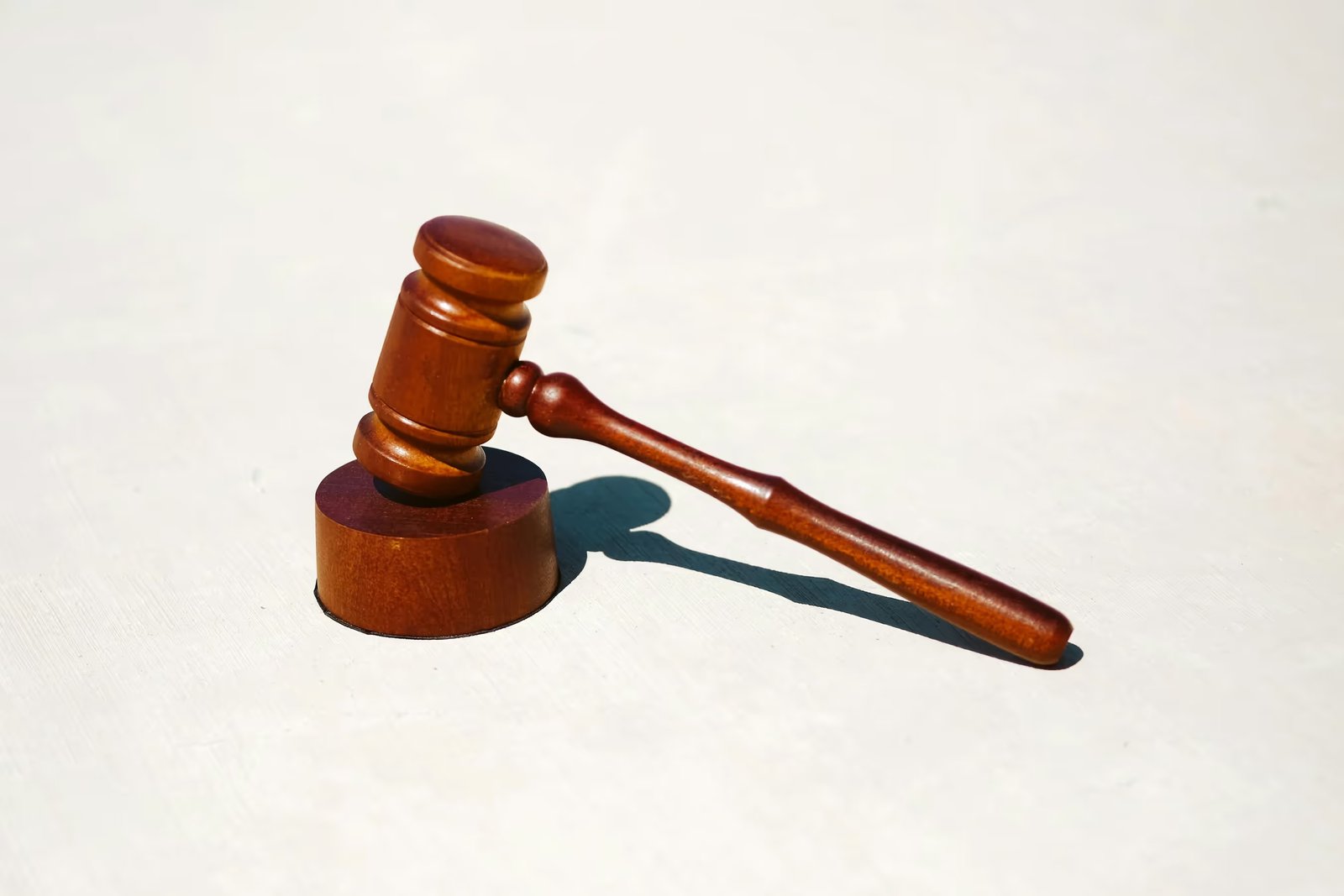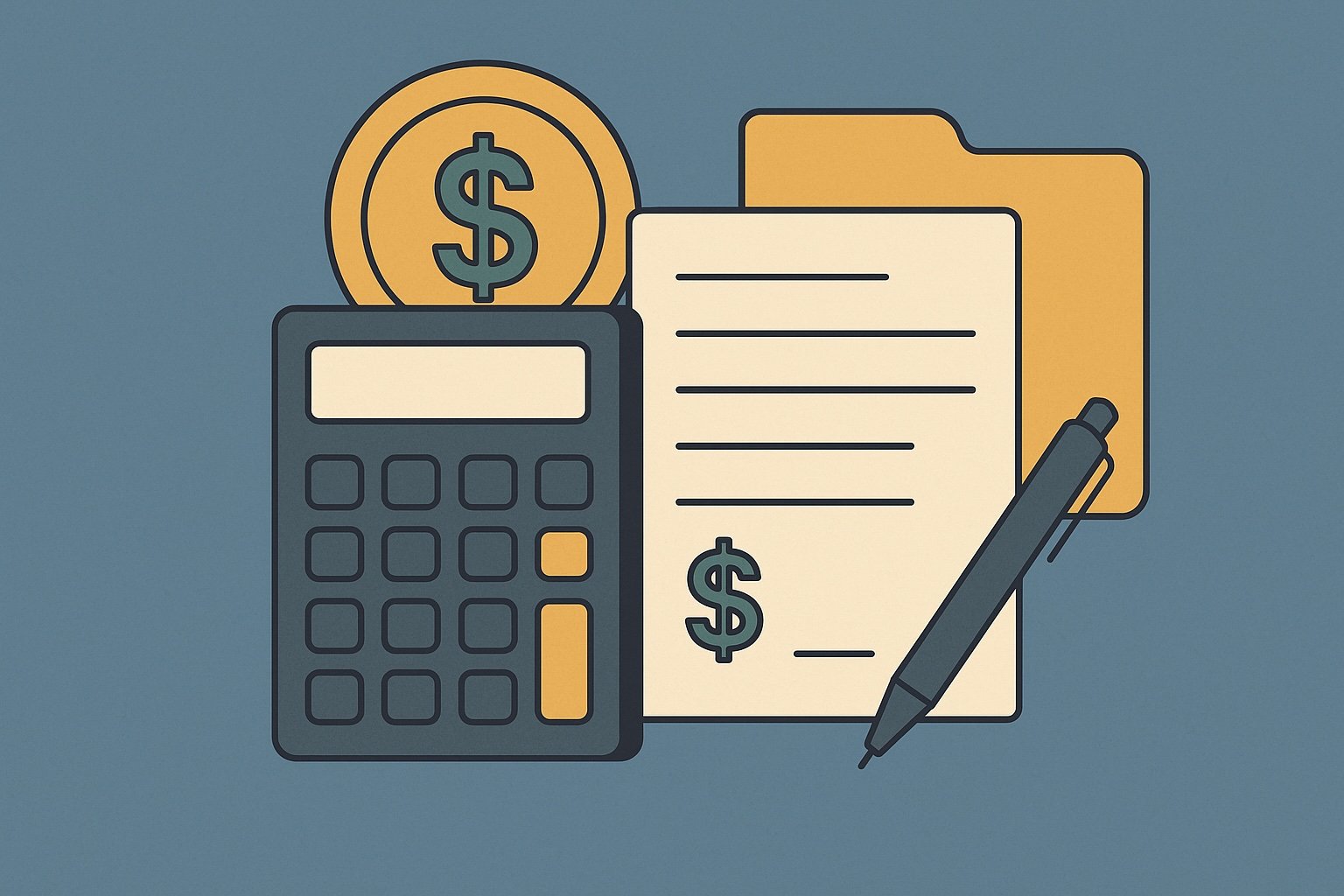Question
ARTE's Answer
A 1031 exchange, named after Section 1031 of the Internal Revenue Code, is a powerful tax-deferral strategy that allows real estate investors to defer capital gains taxes on the sale of investment properties by reinvesting the proceeds into like-kind properties. This process can help investors build wealth by keeping more of their equity working for them. Here’s a detailed breakdown of how a 1031 exchange works, along with an example to illustrate the process.
Step-by-Step Process of a 1031 Exchange:
- Identify the Relinquished Property: The first step is to identify the property you currently own and wish to sell. This property must be held for investment or business purposes, not for personal use.
- Engage a Qualified Intermediary (QI): To facilitate the exchange, you must use a Qualified Intermediary, like us at Deferred.com. We act as a neutral third party to hold the proceeds from the sale of your relinquished property and ensure compliance with IRS regulations. Our “No Fee Exchange” service can save you money during this process.
- Sell the Relinquished Property: Once you have a buyer, you sell your relinquished property. The proceeds from this sale are transferred to us, the QI, and not directly to you. This is crucial to avoid constructive receipt of the funds, which would disqualify the exchange.
- Identify Replacement Property: Within 45 days of selling your relinquished property, you must identify potential replacement properties. You can identify up to three properties regardless of their value, or more if they meet certain value criteria.
- Purchase the Replacement Property: You have 180 days from the sale of your relinquished property to close on the purchase of your replacement property. The replacement property must also be held for investment or business purposes.
- Complete the Exchange: We, as your QI, will use the proceeds from the sale of your relinquished property to purchase the replacement property on your behalf. This completes the exchange, allowing you to defer capital gains taxes.
Example:
Let’s say you own a rental property in Miami that you purchased for $300,000. Over the years, its value has appreciated, and you now have the opportunity to sell it for $500,000. You want to reinvest in a larger apartment complex in Orlando, valued at $700,000.
- Sell the Miami Property: You sell your Miami property for $500,000. Instead of receiving the funds directly, the proceeds are transferred to us at Deferred.com, your Qualified Intermediary.
- Identify Replacement Property: Within 45 days, you identify the Orlando apartment complex as your replacement property.
- Purchase the Orlando Property: Within 180 days, we use the $500,000 proceeds to help you purchase the Orlando property. You secure a mortgage for the remaining $200,000 to cover the total purchase price.
By completing this 1031 exchange, you defer the capital gains tax on the $200,000 gain from the sale of your Miami property. This allows you to leverage your equity into a more valuable investment without the immediate tax burden.
A 1031 exchange is a strategic tool for real estate investors looking to grow their portfolios while deferring taxes. By working with us at Deferred.com, you can take advantage of our expertise and “No Fee Exchange” service to maximize your investment potential.
Have more questions? Call us at 866-442-1031 or send an email to support@deferred.com to talk with an exchange officer at Deferred.
Sources
1031 Question? Ask ARTE
Deferred's AI 1031 Research Assistant is trained on 8,000+ pages of US tax law and outperforms human CPAs by 22%+
CHAT NOW
Learn More
See more frequently asked questions about 1031 exchanges








